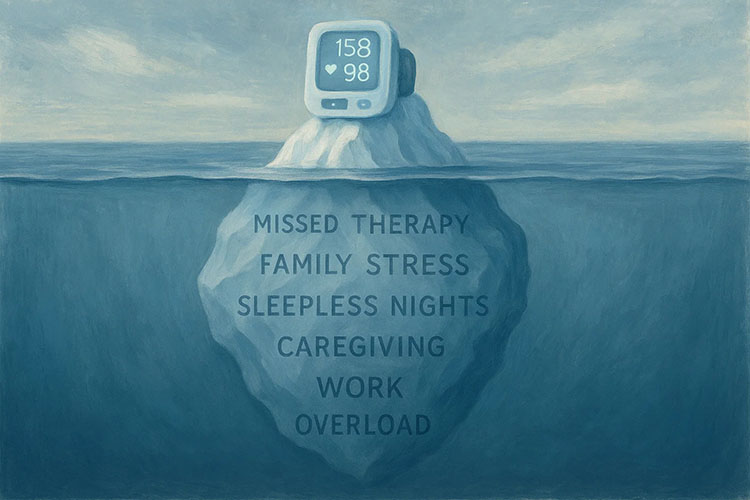Recent Changes in CPT® Coding For Remote Patient Monitoring
For over fifty years, the American Medical Association (AMA) has had codes for reporting and for billing. Below are special CPT® codes for Remote Patient Monitoring.
These codes serve as a vital way to help medical professionals communicate with insurance companies. CPT® codes are used for insurance claim processing and other paperwork. They also help in communicating with government agencies.
Agreed-upon codes for medical services and procedures help with accuracy. It is also more efficient. The AMA will review the CPT® codes list to maintain and update available information.
Three Categories of CPT® Codes
CPT® codes come in three separate categories. Each category has its own purpose. They can explain procedures, services, or other elements of care.
Category I
Category I codes are for currently available procedures or services. These codes state that the procedure or service has passed federal Food and Drug Administration (FDA) standards.
Many Category I codes also fall under subcategories for more precise usage. Category I code usage is almost always mandatory.
Category II
Category II codes, are optional. These alphanumeric codes are supplemental. Often, professionals use them for performance measurement. They relate to the quality of care provided. Medical professionals should never substitute these for Category I codes.
Category III
Category III codes are for emerging technology, new procedures and services. Many of these may not have yet passed FDA approval. Others are still in the research and study stage. These receive temporary codes.
Special CPT® Codes for Remote Patient Services and Billing
Because of the recent Covid-19 outbreak, telemedicine has grown as an important tool for treatments. In 2021, two new codes were created for billing Remote Patient Monitoring services. They are:
- 99457: refers to remote physiologic monitoring treatment by clinical staff/physician/other qualified health care professional. It is for the first 20 minute segment of interactive communication with the patient/caregiver. This monitoring may occur anytime in a calendar month.
- 99458: refers to remote physiologic monitoring treatment by clinical staff/physician/other qualified health care professional. It is for each 20 minute segment of interactive communication with the patient/caregiver after the first 20 minute segment. (List as a separate code for primary procedure)
These codes establish the primary services provided and extra treatment time when needed.Policies may change as national healthcare changes. Please check for new developments in medical coding related to RPM.
Visit Medek RPM to learn more from one of the nation's leading RPM businesses. Contact a Medek Representative to start a conversation on how RPM can benefit you.






